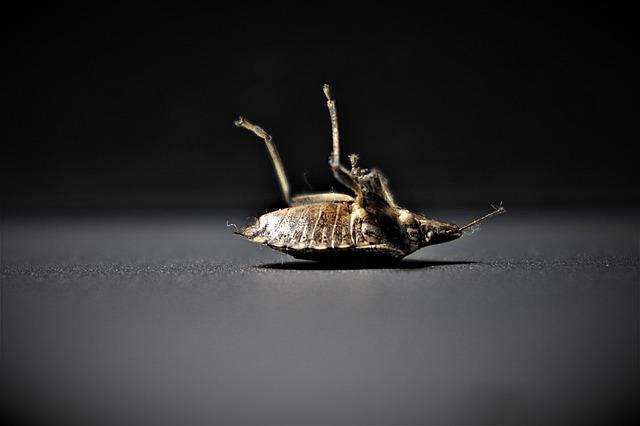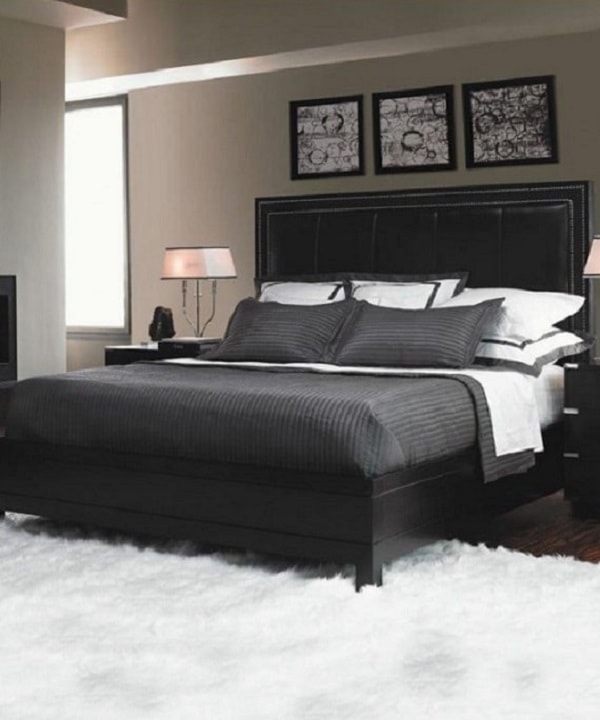With their small, oval-shaped bodies, these biting insects hide in the smallest nooks and crannies of your home.
Some of their favorite places to hide are in box springs, bed frames, headboards, and inside mattresses – wherever humans are, you’ll find them. Feeding solely on blood, these nasty critters are truly the stuff of nightmares.

Of course, we’re talking about bedbugs. Is your skin crawling yet?
If left to their own devices, bedbugs will happily spread from the bedroom until they infest your entire home. The worst part? You may not even know you have them.
Many people attribute the itchy welts they cause to mosquitoes. To confirm if the bites on your skin are from a bedbug infestation, you’ll have to identify the bugs themselves.
Read on to find out the best way to get rid of bed bugs and everything else you need to know about these blood-sucking pests.
Identifying Bedbugs
Because bedbugs are active at night, they take their blood meals while the human or animal occupants of the house are asleep. They pierce the skin with their elongated mouthparts, feeding for three to 10 minutes before becoming engorged. Bedbug bites are painless at first, so once they are done feeding, they often go back into hiding unnoticed.
Although you won’t feel a bed bug biting you while you are asleep, you’ll wake up with itchy, red welts on any parts of your skin that were exposed to your mattress or bedding.
Other tell-tale signs that you have a bedbug infestation are bloodstains on your pillowcases or sheets and rust-colored spots on your mattress, bedding, or walls. These dark spots are caused by bedbug excrement. You should also look for shed skins and eggs in and around your bed and an unpleasant musty odor.
How to Treat a Bedbug Infestation
If you notice strange bites on your body that inexplicably appear after you’ve slept or any of the other signs of bedbugs, you should call a professional exterminator.
In the interim, strip your bed and wash all your bedding in hot water, then dry it on the hottest dryer setting.
Repeat the process with all your curtains and clothing – anything you can’t wash in the washing machine (stuffed animals, shoes, soft furnishings, etc.) should be put in your drier on the hottest setting for 30 minutes.
Next, vacuum around your bed and all the surrounding areas. When you’re done, place the vacuum cleaner bag in a sealed plastic bag and throw it in the garbage outdoors – this is vital to minimize the chances of reinfestation.
To prevent bed bugs from spreading, you should encase your mattress and box spring with a tight cover that you can zip closed. Because bedbugs can live without a blood meal for up to a year, you should leave the cover on for at least 12 months.
Repairing any cracks in your plaster and gluing down peeling wallpaper will give bedbugs fewer places to hide – as will decluttering your home (especially underneath your bed) regularly.
Key Takeaways
If you suspect that you have a bedbug infestation, the first thing you should do is call a professional pest control company. Bedbugs are tough to identify and get rid of on your own.
Getting help from a specialist is much easier than trying to identify whether you have an infestation and treating it yourself. Once an infestation is confirmed, an exterminator will know exactly what to do to eliminate it.





